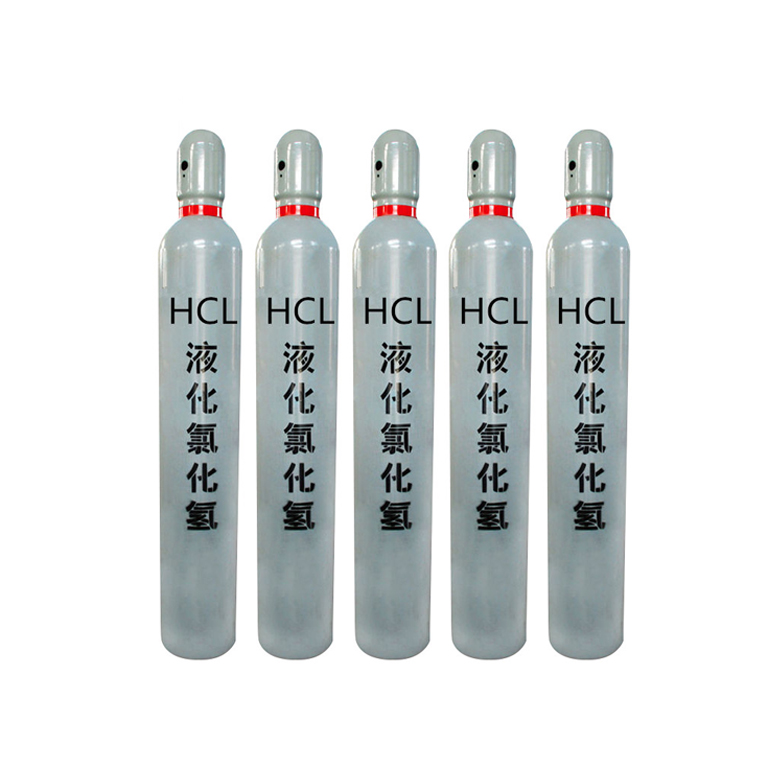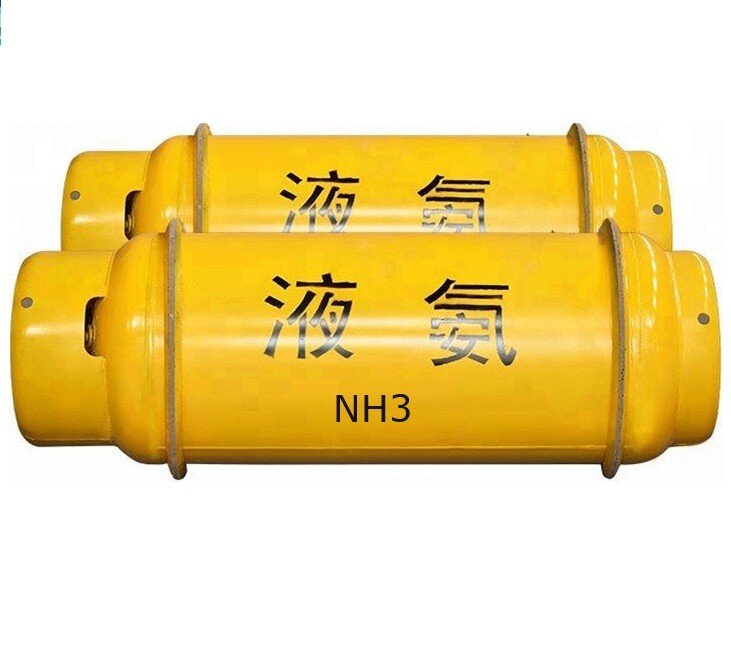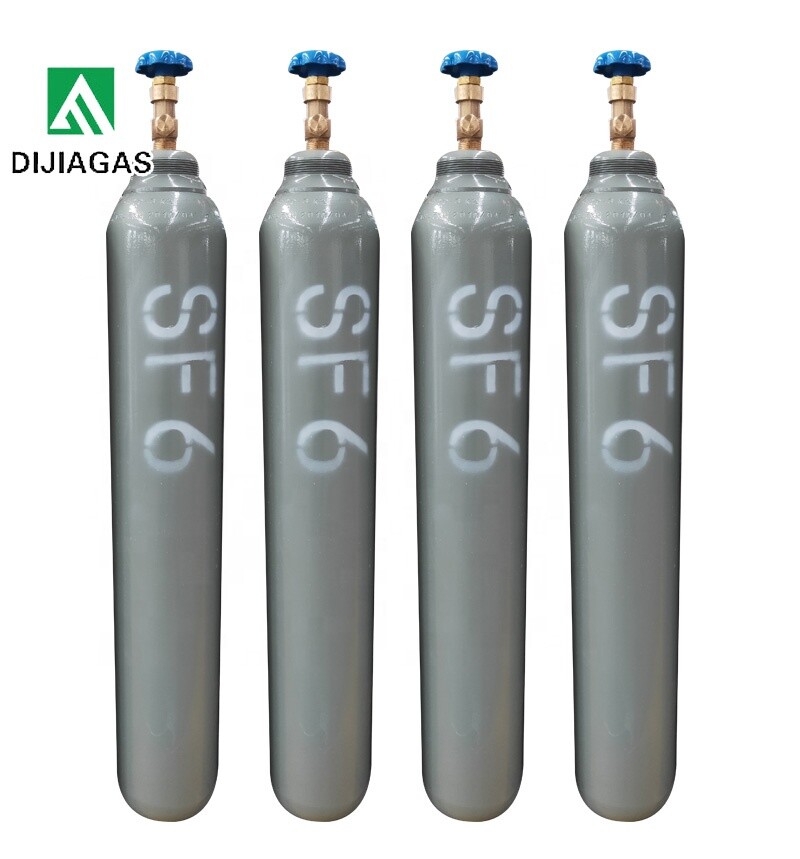Argon is a rare gas widely used in industry. It is very inert in nature, neither combustible nor combustible. In aircraft manufacturing, shipbuilding, atomic energy industry and machinery industry sectors, for special metals, such as aluminum, magnesium, copper and its alloys and stainless steel, argon is often used as welding shielding gas to prevent welding parts from being oxidized or nitrided by air.
In metal smelting, oxygen and argon blowing is an important measure to produce high-quality steel, and the argon consumption of each 1t steel is 1 ~ 3m3. In addition, the smelting of titanium, zirconium, germanium and other special metals, as well as the electronic industry also need to use argon as shielding gas.
The 0.932% argon contained in the air, boiling point between oxygen and nitrogen, in the middle of the tower on the air separation device the highest content, called argon fraction. While oxygen and nitrogen are separated, the argon fraction is extracted for further separation and purification, and argon by-products can also be obtained. For the full low pressure air separation device, generally 30% ~ 35% argon in the processed air can be obtained as the product (the latest process has been able to increase the extraction rate of argon to more than 80%); For the medium pressure air separation device, the distillation process of the upper column is not affected because the expanded air enters the lower column, and the extraction rate of argon can reach about 60%. However, the total amount of processed air of small air separation device is small, and the amount of argon gas that can be produced is limited. Whether it is necessary to configure argon extraction device depends on the specific situation.
Argon is an inert gas and has no direct harm to human body. However, if the industrial use, the waste gas is very harmful to the human body, will cause silicosis, eye damage and other situations.
Although it is an inert gas, it is also a asphyxiating gas, and a large amount of inhalation will produce asphyxiation. The production site should be ventilated, and the technical personnel engaged in argon gas should have regular occupational disease physical examination every year to ensure their health.
Argon itself is not toxic, but can asphyxiate at high concentrations. When the argon concentration in the air is higher than 33%, there is a choking risk. Severe symptoms can occur at concentrations above 50 percent, and death can occur within minutes at concentrations above 75 percent. Liquid argon can injure skin, and eye contact can cause inflammation.
Chat Online






